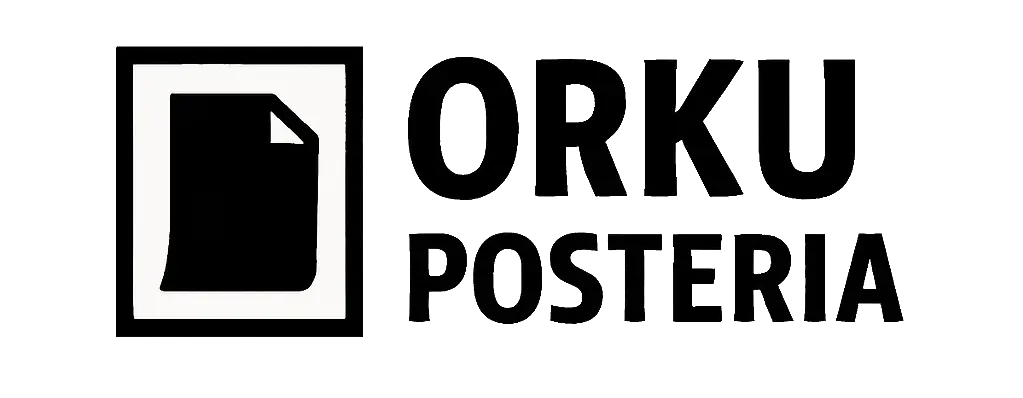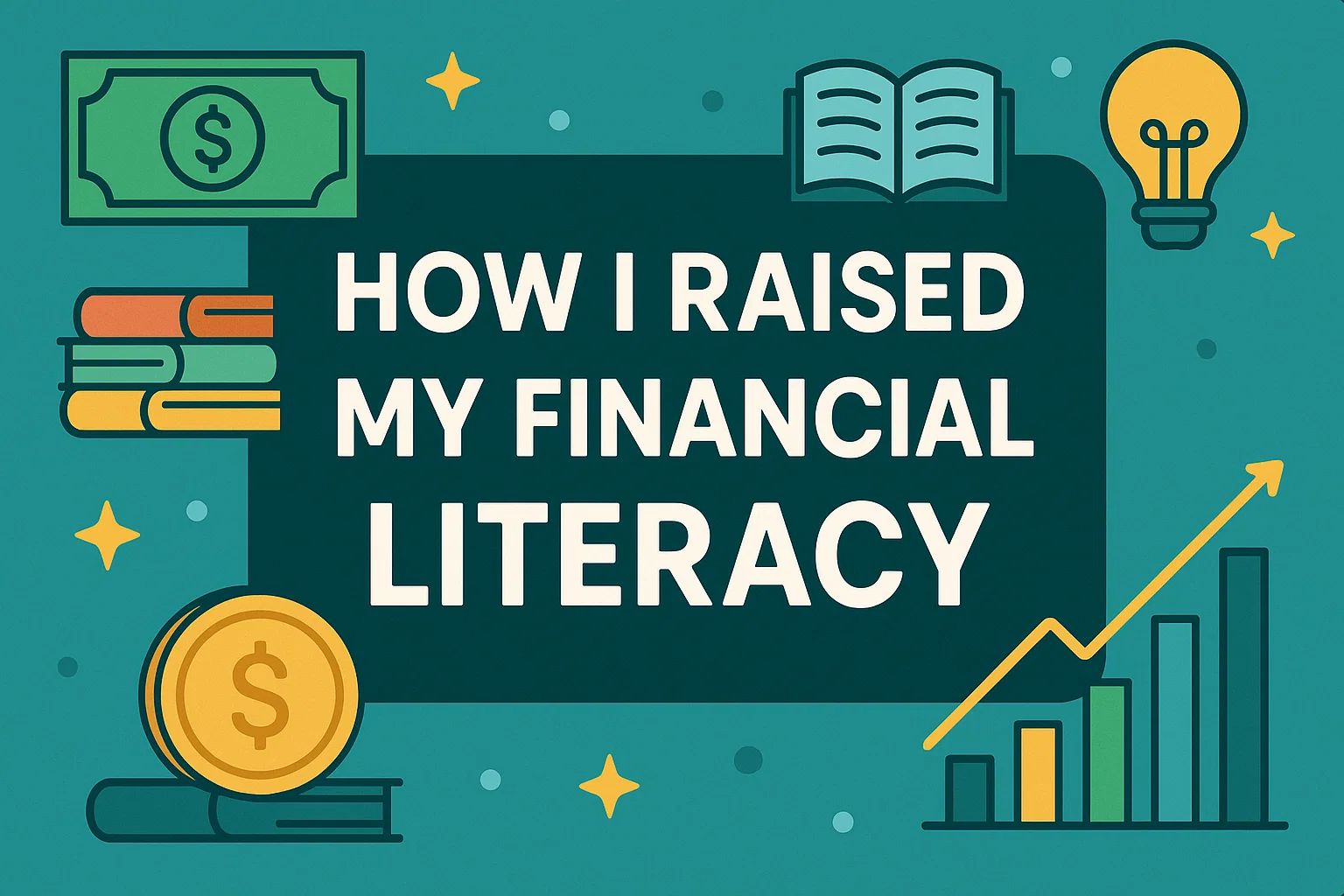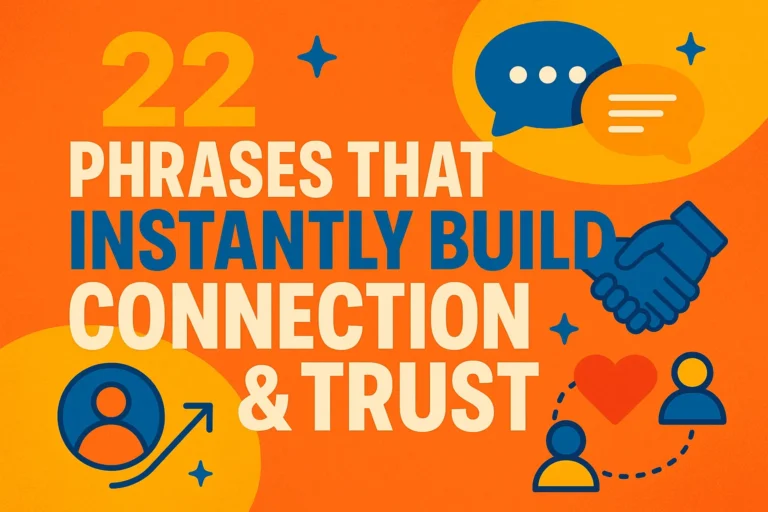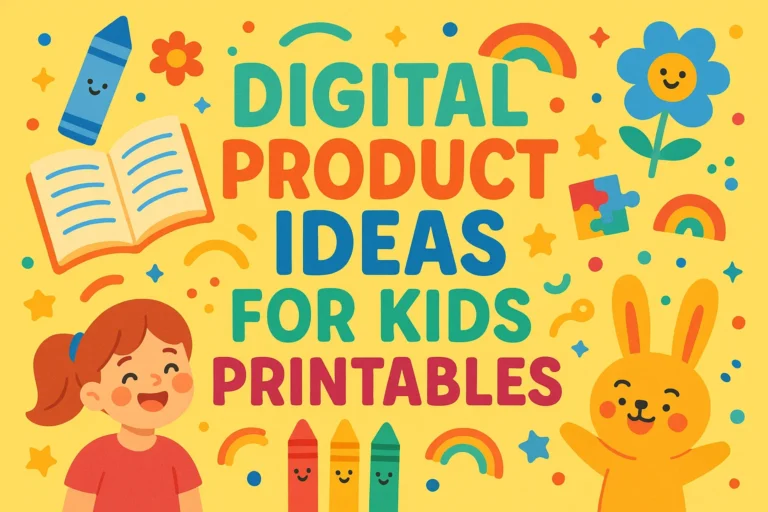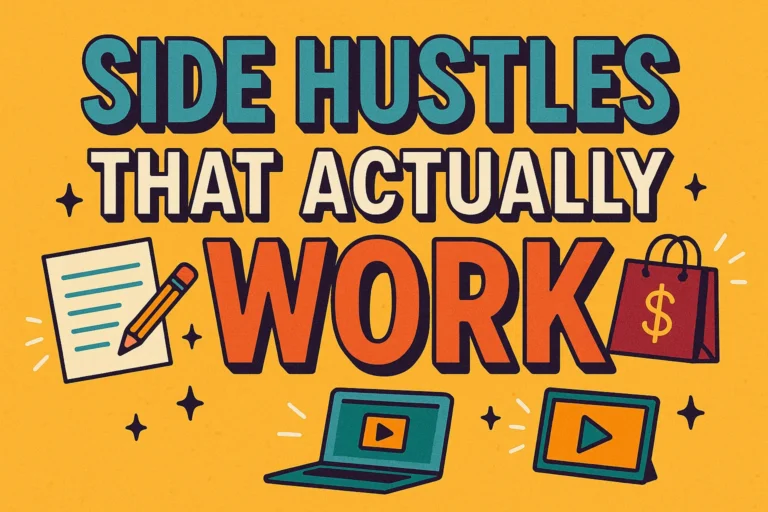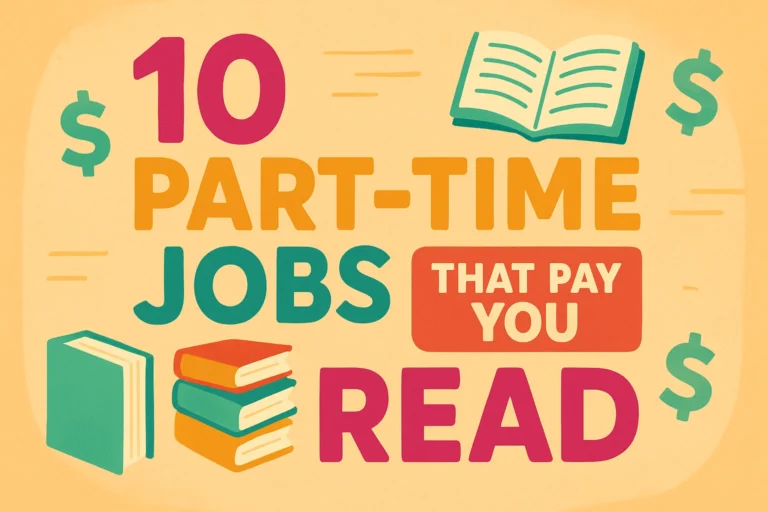How I Raised My Financial Literacy Essential Tips for Money Management Success
How I Raised My Financial Literacy: Essential Tips for Money Management Success
Let’s be real for a second. My financial literacy used to consist of checking my bank app, wincing, and then ordering a pizza to cope with the existential dread. Sound familiar? I was stuck in a cycle of earning, spending, and wondering where it all went. It wasn’t until I hit a proper “oh crap” moment that I realized I needed to get my act together.
My journey wasn’t about becoming a Wall Street wolf. It was about going from financially clueless to confidently in control. And guess what? You can absolutely do it too. It’s less about complex formulas and more about building simple, powerful habits. So, grab a coffee, and let’s chat about how I finally learned to make my money behave.
Face the Music (Yes, It’s Scary)
The first step is the hardest, and anyone who says otherwise is probably trying to sell you a course. I had to open my banking app and actually look at it. Not a quick glance, but a deep, forensic stare. I tracked every single dollar I spent for one month.
It was ugly. I had no idea I was spending so much on “quick” lunches and subscription services I’d completely forgotten about. Ever wonder where your money secretly disappears to? This is how you find out.
You can’t manage what you don’t measure. This single act of awareness is the foundation of everything. IMO, it’s the most non-negotiable step. You can use a simple spreadsheet, a notebook, or a budgeting app—just pick one and start.
Budgeting: Your Money’s Best Friend, Not Its Prison Warden
I used to think a budget was a straitjacket for my social life. Turns out, it’s the exact opposite. A good budget isn’t restrictive; it’s permission to spend without guilt.
I tried every method under the sun. Here’s what stuck for me:
The 50/30/20 Rule: My Personal Gospel
This framework is brilliantly simple:
* 50% for Needs: Rent, groceries, utilities, minimum debt payments. The boring-but-essential stuff.
* 30% for Wants: Dining out, hobbies, that fancy coffee, streaming services. The fun stuff!
* 20% for Savings/Debt Reduction: This is where the magic happens. Emergency funds, retirement, and attacking high-interest debt.
This isn’t a rigid law; it’s a fantastic starting point. It gave me a clear visual of where my money should be going and instantly highlighted when my “wants” were trying to stage a hostile takeover of my entire paycheck.
The Emergency Fund: Your Financial Bounce House
Life loves to throw curveballs. Your car breaks down. You need a new laptop. Your pet decides to eat something they shouldn’t (again).
Before I had an emergency fund, these events were full-blown crises that went straight onto a credit card, digging a deeper hole. My first major money goal was to build a $1,000 starter emergency fund. This is your “oh crap” buffer.
It doesn’t solve every problem, but it turns a potential disaster into a minor inconvenience. Once I had that, I could sleep at night. My target now is to build it to 3-6 months of expenses, but that starter fund was the game-changer. It’s the best peace-of-mind purchase you’ll never actually “buy.”
Breaking Up with Bad Debt
Not all debt is created equal. A low-interest mortgage is very different from a maxed-out, high-interest credit card that’s silently judging you.
I had a chunk of credit card debt, and the interest was like throwing money into a furnace. I used the debt avalanche method: list your debts from highest interest rate to lowest, pay the minimums on all, and throw every extra dollar at the top one.
Watching that highest-interest debt shrink and finally disappear was more satisfying than most TV finales. It freed up so much mental energy and cash flow. If you’re dealing with debt, pick a strategy—avalanche or the debt snowball (paying off smallest balances first)—and start attacking it. Progress, not perfection, is the goal.
Making Your Money Work for You (Yes, Really)
Once I had a budget, an emergency fund, and a debt payoff plan, I finally felt ready to think about the future. This is where I started to actually like personal finance.
Automate Everything
The single best trick I learned? Automation. I set up automatic transfers the day after my paycheck hits my account. Money instantly flows into my savings account, my Roth IRA, and my investment brokerage.
Why is this so powerful? Because I never see that money. It’s out of sight, out of mind, and out of my impulsive spending hands. You can’t spend what you don’t see. It’s like putting your savings on autopilot.
Investing Demystified
The word “investing” used to make me think of guys in suits yelling on a trading floor. I thought it was too complicated, too risky, and only for rich people. I was wrong.
I started small. I opened a Roth IRA and began contributing to low-cost index funds. These are basically baskets that hold tiny pieces of hundreds of companies. It’s instant diversification without needing to pick individual stocks.
My philosophy? Time in the market beats timing the market. I’m not a day trader; I’m a gardener planting seeds and letting them grow over decades. It’s boring, and honestly, that’s the point. Consistent, long-term investing is the key to building wealth.
Never Stop Learning
Financial literacy isn’t a destination you arrive at; it’s a road trip. The landscape changes—you get a raise, you buy a house, you start a family. Your money plans need to adapt.
I make a habit of learning a little bit all the time. I listen to personal finance podcasts on my commute, I read a few articles a week, and I follow smart, non-sensationalist creators online. FYI, the goal is education, not to get sucked into “get rich quick” hype. 🙂
You’ve Got This
Look, raising my financial literacy didn’t just change my bank balance; it changed my stress levels and my entire outlook on the future. I went from feeling like a passenger to being the driver.
It all boils down to a few core things: know where your money goes, spend less than you earn, save for emergencies, kill high-interest debt, and invest for the long haul. That’s it. You don’t need a finance degree. You just need to start.
So, what’s your first step going to be? Tracking your spending for a week? Setting up one automated transfer? Whatever it is, do it today. Your future self will high-five you for it. Trust me 🙂
